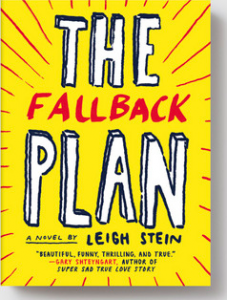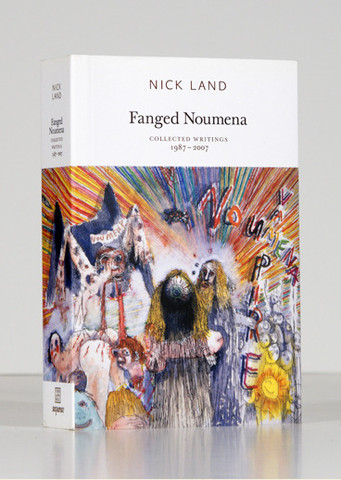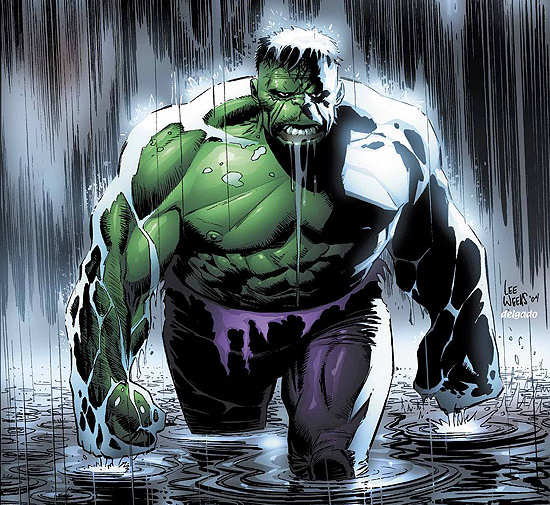The Hero’s Body
This post is an essay about comic books and sex. These are things I am thinking about because of a book I am writing.
In May of 1962, the brilliant scientist Bruce Banner rushed into the site of an experimental gamma bomb detonation in order to save a teenager, young Rick Jones, from the blast. Banner stood at the blast’s center. His body absorbed a massive dose of gamma radiation. Banner soon found that when he lost control of his temper, he would become the Hulk, a super-strong, bulky monster with green skin and the collective smarts of a box of rocks. The Hulk was originally more of a monster than a hero, back when monster books still sold; Stan Lee created him by combining him with Frankenstein’s creature and the Hyde of Jekyll and Hyde. He also compared him to the golem. The Hulk looks like this:
The Knox Writers’ House is a kind of insane expansive recording projects where three rad people went all across the U.S. interviewing and recording writers reading their work and work they love. Literally hours upon hours of audio & text content from a huge array, from Heather Christle to Carole Maso.
Interview with Leigh Stein (3 and 4)
 Leigh Stein’s meaningful first novel, The Fallback Plan, is about a girl named Esther who has just graduated from college and is feeling aimless and depressed, which, okay, sounds like a well-visited premise for a novel. But Esther is so witty and likable that you can’t help enjoying her mild misadventures. I’ve been emailing a question to Leigh every day this week, but yesterday she was caught up on her book tour (is she in your town?), so here are two questions
Leigh Stein’s meaningful first novel, The Fallback Plan, is about a girl named Esther who has just graduated from college and is feeling aimless and depressed, which, okay, sounds like a well-visited premise for a novel. But Esther is so witty and likable that you can’t help enjoying her mild misadventures. I’ve been emailing a question to Leigh every day this week, but yesterday she was caught up on her book tour (is she in your town?), so here are two questions
HTMLGIANT: Can I tell you something? Why is the novel so funny? Or, seriously, what was the writing process like? How many revisions did it take to get all the jokes in there? Like, “A small part of me threw up.” Or making a confused facial expression to trick the IPASS sensor, or a mom with a “hairstyle most conducive to storing pencils” instead of one who says “well look at that” when you show her how to enlarge the type in MS Word.
LEIGH: Esther makes jokes as a way of pricking the bubble of despair and stagnation she lives in, because that’s what I do. READ MORE >
“C, Clown”: An Excerpt from Gwenaelle Aubry’s No One
I’m five or six, on holiday with my father at his parents’ place in Soissons. My grandfather is seeing patients in his surgery at the end of the garden, my grandmother is busy doing I don’t know what, I’m alone, I’m bored. Suddenly I have an idea. I get my grandmother’s lipstick from the bathroom and I set about painting my father: two circles on his cheeks, another on the end of his nose. I take him by the hand and say, “You’re a clown, Dad, come on, I want to show everyone.” Together we go out into the street and sit down on the doorstep in the blazing sunlight of a summer afternoon. He’s in profile. With my finger I spread the color over his left cheek. He lets me do it with a weary, nasty smile. Seeing him like this I’m filled with shame, sorrow, and pleasure. My grandmother suddenly appears from nowhere, a small, elegant, measured woman, her dress, makeup, and hair always just so. For the first time I hear her raise her voice. In a tone that brooks no answer she orders me to stop it at once, to go back inside.
Twenty-five years later, when my grandmother was long dead, my father went back to live, or rather to stop living, in Soissons. He moved into an apartment with his father. After my grandfather’s departure and subsequent death a few months later, my father was hospitalized in a clinic right opposite the house he grew up in. It was then that he really went downhill. READ MORE >
January 12th, 2012 / 12:01 pm
Janaka Stucky wrote about Amazon vs independent bookstores at the Poetry Foundation.
James Franco + Hart Crane
Two posts in one day after not posting for a century, but then I saw this:
James Franco, Hart Crane, discuss.
MFA fiction workshop syllabus
So, I’m teaching my first MFA fiction workshop this spring, which is exciting and pretty cool. I’ve decided to play with the traditional workshop model, which is two submitted stories per term. Here’s the syllabus.
ENGL 574 Syllabus
COURSE DESCRIPTION: This will be an intensive graduate workshop. I am working with a different model, one that emphasizes both generative practices and revision. You will be required to write three new stories very quickly (during the first nine weeks of class), which we will workshop, then we’ll spend the last five weeks of class workshopping one revision. It doesn’t take a mathematician to realize that we will be “flying” through the stories in the first part in order to focus our time on the revision.
salt water pepper spray shakers
a poem written by a bear by Tao Lin.
Bear Costume by Steven Miller, with bonus baby carrot.
From “Obliterating Animal Carcasses with Explosives,” a pamphlet issued by the Technology and Development Program of the U.S. Forest Service.
There are times when it is important to remove or obliterate an animal carcass from locations such as recreation areas where a carcass might attract bears, at a popular picnic area where the public might object, or along the sides of roads or trails. Explosives have successfully been used by qualified blasters to partially or totally obliterate large animal carcasses (horses, mules, moose, etc.). It is important to consider location, time of year, and size of the carcass when selecting the quantity and type of explosive to accomplish the obliteration task. The following instructions pertain to partial obliteration (dispersion) for a horse that weighs about 1,100 pounds. In this first example, urgency is not a factor-perhaps the public is not expected to visit the area for a few days, or perhaps bears will not be attracted to the carcass. In any case, in this example, dispersion is acceptable. Place three pounds of explosives under the carcass in four locations. The carcass can then be rolled onto the explosives if necessary. Place one pound of explosives in two locations on each leg. Use detonator cord to tie the explosives’ charges together. Horseshoes should be removed to minimize dangerous flying debris. In situations where total animal obliteration is necessary, it is advisable to double the amount of explosives used in the first example. Total obliteration might be preferred in situations where the public is expected in the area the next day, or where bears are particularly prolific. Carcasses that have been dispersed will generally be totally gone within a few days. Carcasses that have been obliterated will generally not show any trace of existence the next day.
The Bear (Jim Harrison)
When my propane ran out
when I was gone and the food
thawed in the freezer I grieved
over the five pounds of melted squid,
but then a big gaunt bear arrived
and feasted on the garbage, a few tentacles
left in the grass, purplish white worms.
O bear, now that you’ve tasted the ocean
I hope your dreamlife contains the whales
I’ve seen, that the one in the Humboldt current
basking on the surface who seemed to watch
the seabirds wheeling around her head.
The Feeling of Floating, Like the Body is Absent: My Favorite Books of 2011
Reality meant that I could neither afford nor have time to read every book that came out this year that I wanted to read, but out of what I did read (which was, coincidentally, a lot more books than I normally read that are released/realized in the year I currently exist in), the following were my favorites.

FANGED NOUMENA by NICK LAND
The first book on this list I haven’t even finished reading, an immense 560 page tome collecting virtually all of Nick Land’s writings from 1987-2007–excepting only the full-length text The Thirst for Annihilation: Georges Bataille and Virulent Nihilism–is a massively important text, because Nick Land is, in my opinion, one of the most important thinkers of our present. Land takes apart the world and rebuilds it, offering particularly apt readings of Kant, Nietzsche, Bataille, Heidegger, and more that really flows new light into the dusty thoughts of many often-over-valued thinkers (can a known philosopher be over-valued? maybe not, but often the most known/taught readings of said thinkers certainly can be). Land pioneered the idea of the theory-fiction, using fiction as a tool to explore critical theory, a technique now practice by many affiliated with the book’s press, Urbanomic. This book is a map towards the next level, and as the jacket copy proposes: “Can what is playing you make it to Level 2?”
Buy from Urbanomic (in the UK) or Sequence Press (in the US)

THERE’S NEVER BEEN A DAY THAT DIDN’T REQUIRE KNIVES LIKE THESE by JEFF GRIFFIN
Jeff Griffin is a poet who is, sometimes, from Iowa, who writes some of the most amazing contemporary poetry I’ve encountered. THERE’S NEVER BEEN A DAY… is, as the Human500 website describes, “A book composed of transcriptions of found papers from the desert and original poems by Jeff Griffin.” It’s a hazy mess of desperation and excitement, the desert being a place of secrets, magic, and despair. I read this hung-over in a train-station after I missed my train and had two hours to kill, and upon finishing it I relished my hang-over, smiled to myself, shut my eyes, and blissed out until it was finally time for me to board my train.
Out of print from Human 500



